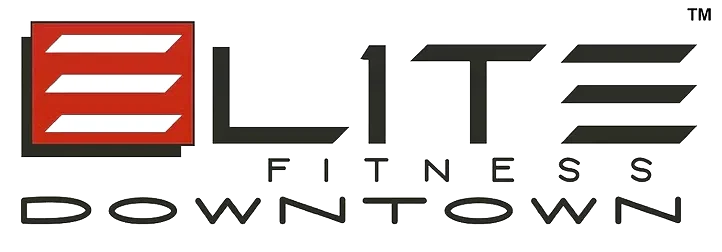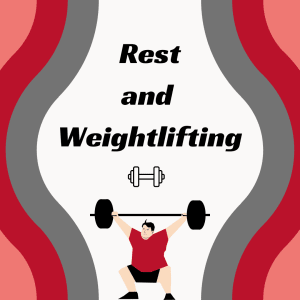A question we trainers often get is, “How much weight should I be doing on …” A simple question to answer, yet also challenging to explain. In simple terms, I often say, “Whatever YOU can do.”
Now yes, that does seem a bit open-ended; however, there’s a reason for it; let me explain. A saying I like to preach to our clients prior to them starting their fitness journey with us is, “I don’t care how much you can do. I need you to do it right. The rest will come naturally once you can get the form down.” Whether you are a beginner or an experienced lifter, proper form is crucial when working out. Most common injuries are due to poor bracing or training in the targeted areas.
So what should you be doing? Well, age and experience come into play when we talk about this. Of course, I could have a younger client do heavier weights on the 6-8 reps side versus an older client with lighter weights anywhere from 15-25. The reason for this is recovery time. As we age, it gets more challenging for us to recover from strenuous workouts or any significant stress in the body/ muscles, so it is essential to listen to our bodies and not overwork when we can’t. The main thing we need to focus on is having proper form over anything. Why? Because it is how we can grow. With proper form, we can get a better range of motion and avoid injuries. We can take more out of a workout. Let’s take a simple bicep curl. I have had plenty of clients use a ten or 15-pound dumbbell and say, “This is too easy.” Now it is easy to do it when you have bad form cause you can easily cheat it and use momentum or every other muscle but your bicep to avoid it hurting. An easy tell is that they don’t go all the way down or drive their elbows forward when curling up. Once I step in and have them fully extend the arm down and have the shoulder and elbow hug their side, it automatically becomes something they’ve never felt before, and their expression quickly goes from easy to “Why did this just get hard all of a sudden.”
This bleeds into another problem I see in a lot of people when they workout is rep range, let’s say 12-15 reps; however, they can easily do 15 and can probably do 25 if they try. The proper way to obtain your rep range is by determining your difficulty level during a workout. If I were to give a client a workout for three sets and 12-15 reps, they need to find a weight where by the time they reach 12, they should be struggling or start to struggle near 15, which is where I, as the trainer jump in to help them finish. This is how we truly grow muscle and true strength. Think of it like this if you were doing a classwork problem and just gave up as soon as it got difficult, you would never grow or learn. It’s okay to ask for help and even fail. Failure isn’t something you should fear in the fitness industry; it fuels motivation. Maybe you didn’t get the 15 reps this week, so try again next week.
Now another question may emerge, “So how long should my rest be?” And with that, I will give you the same answer. However long YOU need it to be. I tell all my clients they can take up to 3, maybe 4 minutes if they need it, depending on the workout I give them. It is natural for athletes to rest for long periods, especially after heavy lifts. However, your body naturally cools over time, and you want a warm body when working out, so keep the resting to your benefit. In the book “Essentials of Strength Training and Conditioning” by the National Strength and Conditioning Association, they stated to increase strength and power; the best rest period is 2-5 minutes between sets. For hypertrophy, the best rest period is 30-90 seconds between sets, and for muscular endurance, the best rest period is 30 seconds or less between sets.
To sum everything up, feel free to explore your body. Only some people can adjust to a routine everyone else is doing, so explore the workouts and weights. Find a weight where you can confidently push yourself to reach a specific rep range and focus more on the form than the weight itself. Like a house with a poor foundation, you can never go up.

